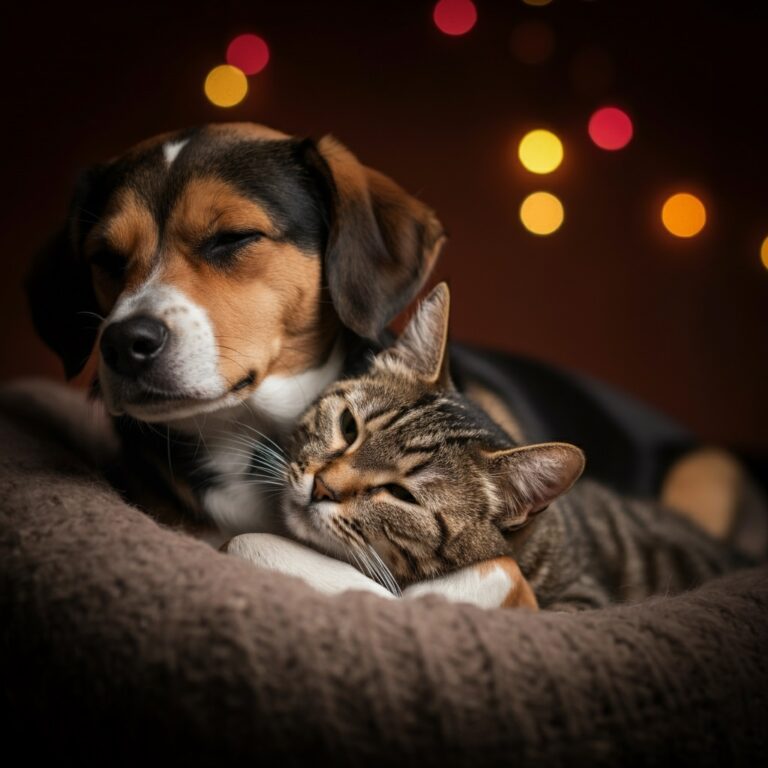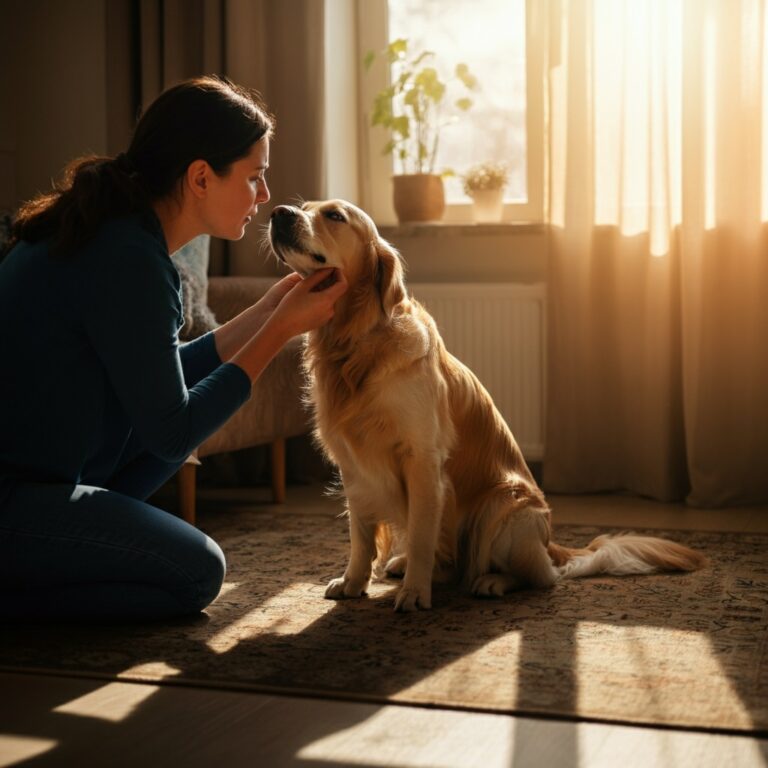
If you’re a cat parent, you’ve probably noticed your feline friend spends most of their day curled up in a cozy spot, fast asleep. While dogs might greet you with boundless energy, cats seem to have mastered the art of relaxation. But is all this sleeping normal, or should you be concerned?
Cat sleep patterns are fascinating and deeply rooted in their evolutionary history. Understanding why your cat sleeps so much can help you better care for your furry companion and recognize when their sleeping habits might signal something more serious.
How Much Do Cats Actually Sleep?
Cats are champion sleepers, logging an impressive 12 to 16 hours of sleep per day. Some cats, particularly kittens and senior cats, can sleep up to 20 hours daily. This means your cat spends roughly two-thirds of their life sleeping—a lifestyle many humans might envy.
To put this in perspective, most adult humans need 7-9 hours of sleep, while dogs typically sleep 12-14 hours per day. Cats clearly take the crown when it comes to catching Z’s.
Age Makes a Difference
Just like humans, a cat’s sleep needs change throughout their life:
Kittens (0-4 months): Sleep 18-20 hours per day to support rapid growth and development
Adult cats (1-7 years): Sleep 12-16 hours daily
Senior cats (7+ years): May sleep 16-20 hours as their energy levels naturally decline
The Evolutionary Reasons Behind Cat Sleep
Born Hunters
Cats are natural predators, and their sleep patterns reflect this heritage. Wild cats need to conserve energy for hunting, which requires intense bursts of speed and agility. Even though your house cat doesn’t need to hunt for survival, their internal programming remains the same.
Hunting requires significant energy expenditure. A single hunting attempt can use up a substantial amount of calories, so cats have evolved to rest between these energy-intensive activities. This behavior persists even in domestic cats who have their meals served in bowls.
Crepuscular Creatures
Cats are crepuscular, meaning they’re most active during dawn and dusk. This behavior stems from their wild ancestors, who found these times optimal for hunting when prey was most active and visibility provided an advantage.
During the day, when their prey would typically be hiding, cats naturally rest and conserve energy. This explains why your cat might be zooming around the house at 5 AM or right before bedtime while sleeping peacefully during your afternoon work calls.
Understanding Cat Sleep Cycles
Light Sleep vs. Deep Sleep
Not all cat sleep is the same. Cats experience two main types of sleep:
Light Sleep (75% of sleep time): Cats remain alert to their surroundings and can wake quickly if needed. You might notice their ears twitching or eyes partially open during light sleep.
Deep Sleep (25% of sleep time): Also called REM sleep, this is when cats dream. You might see your cat’s whiskers twitch, paws move, or hear soft chirping sounds during this phase.
The Power Nap Masters
Cats are experts at taking short, refreshing naps throughout the day. These brief sleep sessions allow them to recharge quickly while staying alert to potential threats or opportunities—another remnant of their wild instincts.
Environmental Factors That Affect Cat Sleep
Weather and Season
Cats tend to sleep more during rainy days and colder weather. They’re also influenced by daylight hours, often sleeping more during winter months when days are shorter. This seasonal variation is completely normal and mirrors patterns seen in many animals.
Comfort and Security
A comfortable, safe environment promotes better sleep. Cats often choose warm, quiet spots away from household traffic. If your cat suddenly changes their preferred sleeping location, it might indicate they’re seeking more comfort or security.
Household Activity
Cats adapt their sleep schedules to their human families to some extent. Indoor cats often become more active when their humans are home and sleep more when the house is quiet.
Continues after advertising
When Cat Sleep Becomes a Concern
While cats are naturally heavy sleepers, certain changes in sleep patterns warrant attention:
Sudden Increase in Sleep
If your typically active cat suddenly becomes lethargic and sleeps significantly more than usual, this could indicate:
- Illness or infection
- Pain or discomfort
- Depression or stress
- Thyroid issues
- Diabetes
Changes in Sleep Quality
Watch for signs that your cat isn’t getting restful sleep:
- Frequent waking during sleep
- Difficulty settling down
- Sleeping in unusual positions
- Vocalization during sleep
Decreased Sleep
While less common, some cats may sleep less due to:
- Hyperthyroidism
- Anxiety or stress
- Pain that makes comfortable positioning difficult
- Cognitive dysfunction in senior cats
Tips for Supporting Healthy Cat Sleep
Create Comfortable Sleep Spaces
Provide multiple cozy sleeping spots throughout your home. Cats appreciate:
- Soft bedding in quiet areas
- Elevated perches that offer a good view
- Warm spots (but not too hot)
- Hiding spots for security
Maintain Consistent Routines
Cats thrive on routine. Try to feed, play, and interact with your cat at roughly the same times each day. This helps regulate their internal clock and promotes better sleep patterns.
Encourage Daytime Activity
Engage your cat in play sessions, especially during their natural active periods at dawn and dusk. This helps ensure they’re getting enough physical and mental stimulation while respecting their natural rhythms.
Monitor Sleep Environment
Keep sleeping areas clean, comfortable, and free from loud noises or sudden disruptions. Consider the temperature—cats prefer warm environments but can overheat easily.
Age-Related Sleep Changes
Kitten Sleep Needs
Kittens need extensive sleep for proper development. Their brains are rapidly developing, and growth hormones are primarily released during sleep. Don’t worry if your kitten seems to sleep constantly—this is completely normal and necessary.
Senior Cat Considerations
Older cats may experience changes in sleep patterns due to:
- Arthritis or joint pain affecting comfort
- Cognitive changes
- Medication side effects
- Underlying health conditions
Regular veterinary checkups become especially important for senior cats to address any sleep-related issues.
Read More👉 How to Tell If Your Cat Is Too Skinny or Overweight
The Bottom Line on Cat Sleep
Your cat’s extensive sleeping habits are completely normal and rooted in millions of years of evolution. Those long naps aren’t laziness—they’re an essential part of your cat’s natural behavior and health.
However, stay attentive to significant changes in your cat’s sleep patterns, as these can be early indicators of health issues. When in doubt, consult your veterinarian. They can help determine whether your cat’s sleep habits are within normal ranges or if further investigation is needed.
Understanding your cat’s sleep needs helps you provide better care and appreciate the fascinating biology behind those adorable sleeping positions. So the next time you find your cat snoozing in a sunbeam, remember—they’re simply following their instincts and taking care of their health in the most natural way possible.



